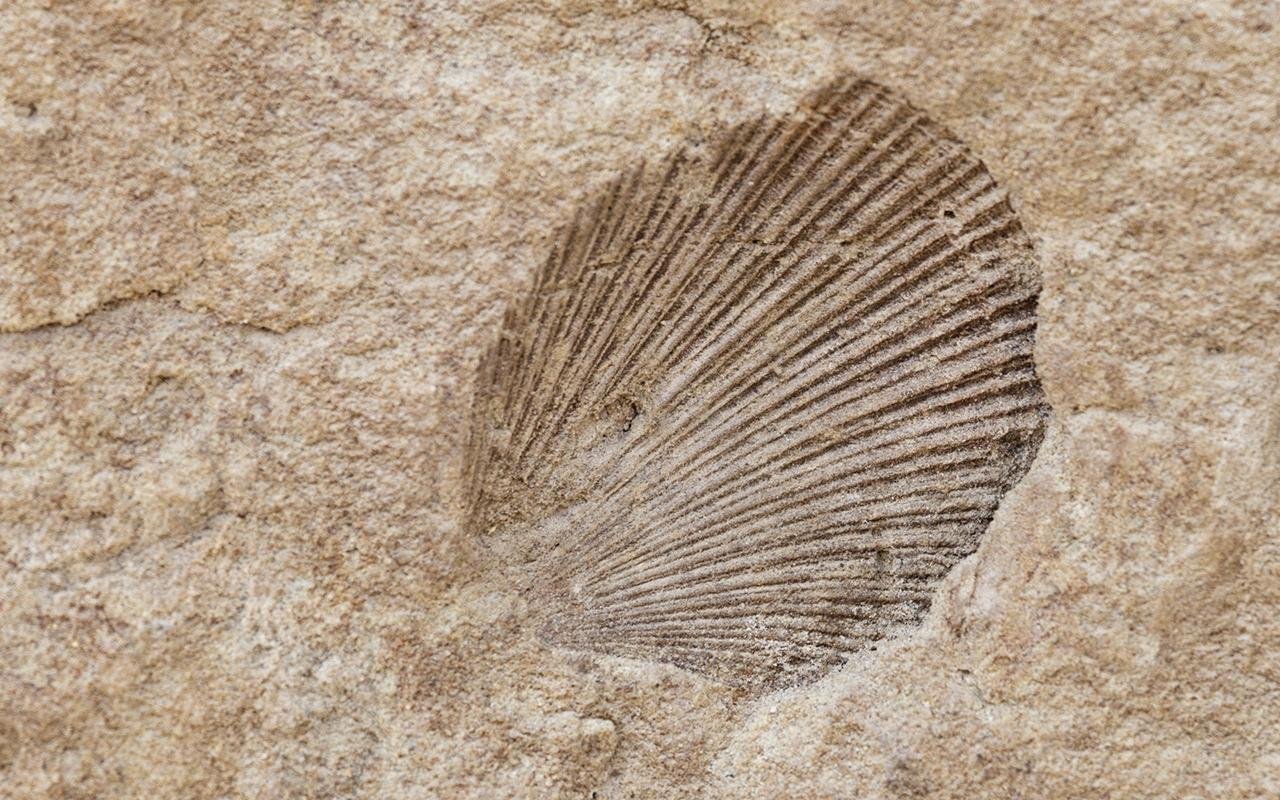A treasure trove of fossils, including 266 different species, has been unearthed in New Zealand, making it one of the most diverse and rich fossil findings from over three million years ago.
 Credit: Needpix
Credit: Needpix
This extraordinary collection promises to reveal at least ten previously unknown species, offering a unique glimpse into New Zealand’s ancient biodiversity. The findings were published in the New Zealand Journal of Geology and Geophysics.
The story of this incredible discovery began in 2020 when Auckland’s Watercare embarked on a major upgrade of the pipeline responsible for transporting raw sewage for treatment from the central city. During the excavation process, workers inadvertently dug through an ancient shell bed, unleashing an unexpected treasure trove of fossils, sparking excitement among paleontologists and researchers.
Auckland paleontologist Bruce Hayward aptly likened the discovery to “finding gold right on your doorstep.” Recognizing the significance of the fossil deposit, Watercare and its contractors collaborated with researchers, generously providing a substantial amount of shelly sand for paleontologists to sift through over the course of several months.
Watercare even funded two paleontology graduate students, working under the supervision of Auckland Museum curator Dr. Wilma Blom, to meticulously examine and classify the fossils.
This dedicated effort led to the examination of over 300,000 fossils, with several thousand being curated in the museum as a testament to this once-in-a-lifetime find.
The detailed examination of these fossils has revealed their age, dating back between 3 and 3.7 million years ago. They were deposited in a subtidal channel, situated in an early version of what is now known as the Manukau Harbour, located to the south of present-day Auckland City.
During this period, the Earth’s climate was notably warmer, with sea levels slightly higher than today. Consequently, the fossil collection includes numerous subtropical species, whose contemporary counterparts inhabit the warmer waters around the Kermadec and Norfolk Islands.
Dr. Hayward explained, “At least ten previously unknown species are present and will be described and named in future work.” This remarkable discovery, detailed by five authors in their scientific paper, represents the most diverse fauna of its age ever recorded in New Zealand.
What sets this find apart is the sheer diversity of the fossils, as they originated in various environments and were brought together in the ancient marine channel through the actions of waves and strong tidal currents.
Among these remarkable fossils are ten specimens of the iconic New Zealand flax snail, which likely resided on adjacent land and were washed into the sea by storm runoff. These snails hold the distinction of being the oldest known flax snails globally.
The fossil collection paints a vivid picture of life during that ancient era, with specimens living on the seafloor, in brackish estuaries, and on hard rocky shorelines. Others were carried in from offshore areas.
Intriguingly, some of the rare finds within this extraordinary collection include isolated baleen whale vertebrae, a broken sperm whale tooth, the spine of an extinct sawshark, dental plates from eagle rays, and a number of great white shark teeth. These fossils add to our understanding of New Zealand’s geological and biological history.
The study has been dedicated to Dr. Alan Beu, a prominent figure in New Zealand’s molluscan fossil expertise, who contributed to the research before his pᴀssing earlier this year.
More information: Bruce W. Hayward, Thomas F. Stolberger, Nathan Collins, Alan G. Beu & Wilma Blom. (2023). A diverse Late Pliocene fossil fauna and its paleoenvironment at Māngere, Auckland, New Zealand, New Zealand Journal of Geology and Geophysics. DOI: 10.1080/00288306.2023.2243234





